Cranberry Highlands is a very playable golf course that suffers a little bit from blandness. I prefer to think of it as more of a blank canvas for the kind of golf you’d like to play.
Share this with your golf buddies:
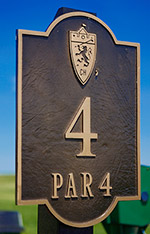 American golfers don’t often get to play a course without many trees, and when we do we often call the course “linksy.” Of course, nothing could be further from the truth, as true “links” land exists in only one place: right against a large body of water. Links land is a soft, fertile soil that literally “links” the inland sections to the body of water.
American golfers don’t often get to play a course without many trees, and when we do we often call the course “linksy.” Of course, nothing could be further from the truth, as true “links” land exists in only one place: right against a large body of water. Links land is a soft, fertile soil that literally “links” the inland sections to the body of water.
For treeless inland courses I prefer the term “early American.” Many of today’s parkland courses, characterized by chutes of trees leading from tee to green, began their lives as virtually treeless golf courses. Whether as a result of “Beautification Committees” or Mother Nature, treeless golf courses in 1930 became forested, heavily wooded courses by 2000. For example, Oakmont – home of this year’s U.S. Open – was once treeless and has had to remove some 8,000 trees to get back to its original look.
A short drive west of Oakmont, one will find an “early American” course in a town called “Cranberry.” Built on the top of a hill, Cranberry Highlands brings this style of architecture to a public, municipally owned course. I’ve had the chance to play Cranberry Highlands a few times, and I’ve come away with mixed feelings. Read on to see what I mean…
Continue reading “Cranberry Highlands (Cranberry, PA) Review”
Share this with your golf buddies:
 If ever a course name evoked a certain image, well, I suppose “Windy Knoll” does a pretty good job. Set just a touch out of the way and west of Columbus, OH, Windy Knoll lives up to both halves of its name. With flat farmland to the west, the direction from which the prevailing wind blows, the subtly mounded “links-style” course will vex players when the wind is up and offers a stern test even in rare calm conditions.
If ever a course name evoked a certain image, well, I suppose “Windy Knoll” does a pretty good job. Set just a touch out of the way and west of Columbus, OH, Windy Knoll lives up to both halves of its name. With flat farmland to the west, the direction from which the prevailing wind blows, the subtly mounded “links-style” course will vex players when the wind is up and offers a stern test even in rare calm conditions.
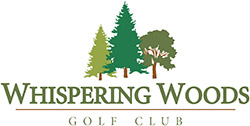 The Erie area first heard about the golf course that would become Whispering Woods Golf Club in early 2002. In late 2005, a golf course began taking shape among the houses of the Whispering Woods residential development. Seeded in two phases during 2006, the semi-private course opened May 25, 2007 with less than the desired 100 members. A rate drop for both membership and public play only 11 days later lured the remaining members, necessitated a waiting list 70+ names long, and increased public play on the course dramatically.
The Erie area first heard about the golf course that would become Whispering Woods Golf Club in early 2002. In late 2005, a golf course began taking shape among the houses of the Whispering Woods residential development. Seeded in two phases during 2006, the semi-private course opened May 25, 2007 with less than the desired 100 members. A rate drop for both membership and public play only 11 days later lured the remaining members, necessitated a waiting list 70+ names long, and increased public play on the course dramatically.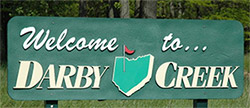 To get to Darby Creek, you drive through a few towns the likes of which you’ll be surprised still exist. You’ll hang a right at a driving range in the middle of nowhere, drive another few miles, then take another right. A golf course appears, and suddenly you’ve arrived at Darby Creek.
To get to Darby Creek, you drive through a few towns the likes of which you’ll be surprised still exist. You’ll hang a right at a driving range in the middle of nowhere, drive another few miles, then take another right. A golf course appears, and suddenly you’ve arrived at Darby Creek. Described on our forum as “Augusta Junior,”
Described on our forum as “Augusta Junior,”  American golfers don’t often get to play a course without many trees, and when we do we often call the course “linksy.” Of course, nothing could be further from the truth, as true “links” land exists in only one place: right against a large body of water. Links land is a soft, fertile soil that literally “links” the inland sections to the body of water.
American golfers don’t often get to play a course without many trees, and when we do we often call the course “linksy.” Of course, nothing could be further from the truth, as true “links” land exists in only one place: right against a large body of water. Links land is a soft, fertile soil that literally “links” the inland sections to the body of water.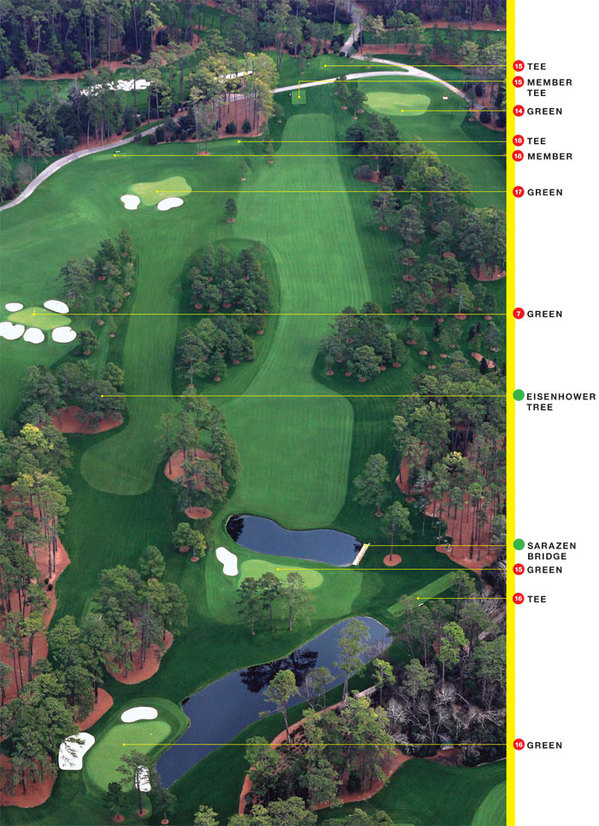
 Lucky to play so many wonderful courses over the years, I’ve devised my own simple Goldilocks rating scheme. Some are too hard. Some are too soft. Some are just right.
Lucky to play so many wonderful courses over the years, I’ve devised my own simple Goldilocks rating scheme. Some are too hard. Some are too soft. Some are just right.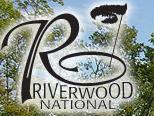 With over 580 golf courses to choose from in Minnesota, course owners have to work hard to attract golfers with an attractive layout, good maintenance, and quality service in order to fill their tee times and turn a profit.
With over 580 golf courses to choose from in Minnesota, course owners have to work hard to attract golfers with an attractive layout, good maintenance, and quality service in order to fill their tee times and turn a profit. I looked high and low, but never really saw any large mountains at Little Mountain Country Club (LMCC), so they must be little. Or perhaps I was simply distracted by the gaping bunkers sprinkled liberally about the course.
I looked high and low, but never really saw any large mountains at Little Mountain Country Club (LMCC), so they must be little. Or perhaps I was simply distracted by the gaping bunkers sprinkled liberally about the course.